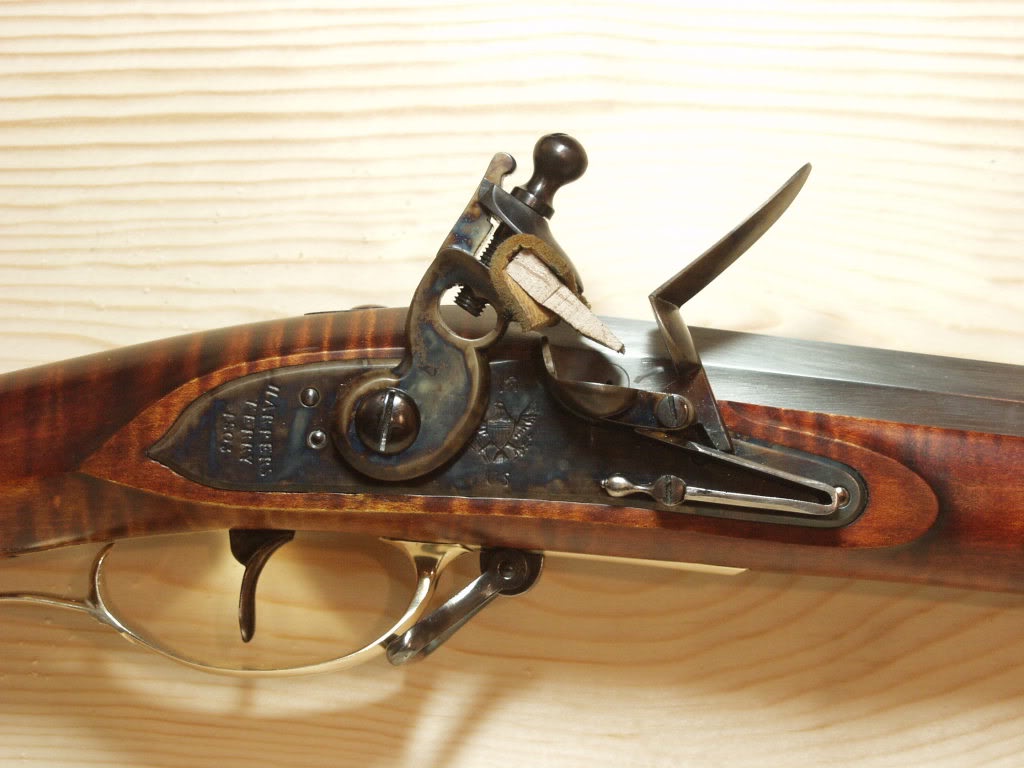Does anyone have a good video or tutorial on how to achieve the mottled, multicolor and fired look of a Hawkins lock?
I'm putting together a hunting rifle and thinking that Hawkins lock finish is a good way to bring together the browned barrel, darkened to black brass finishes of the other components.
I'm open to other finish suggestions that create the illusion of depth as well.
I'm putting together a hunting rifle and thinking that Hawkins lock finish is a good way to bring together the browned barrel, darkened to black brass finishes of the other components.
I'm open to other finish suggestions that create the illusion of depth as well.





